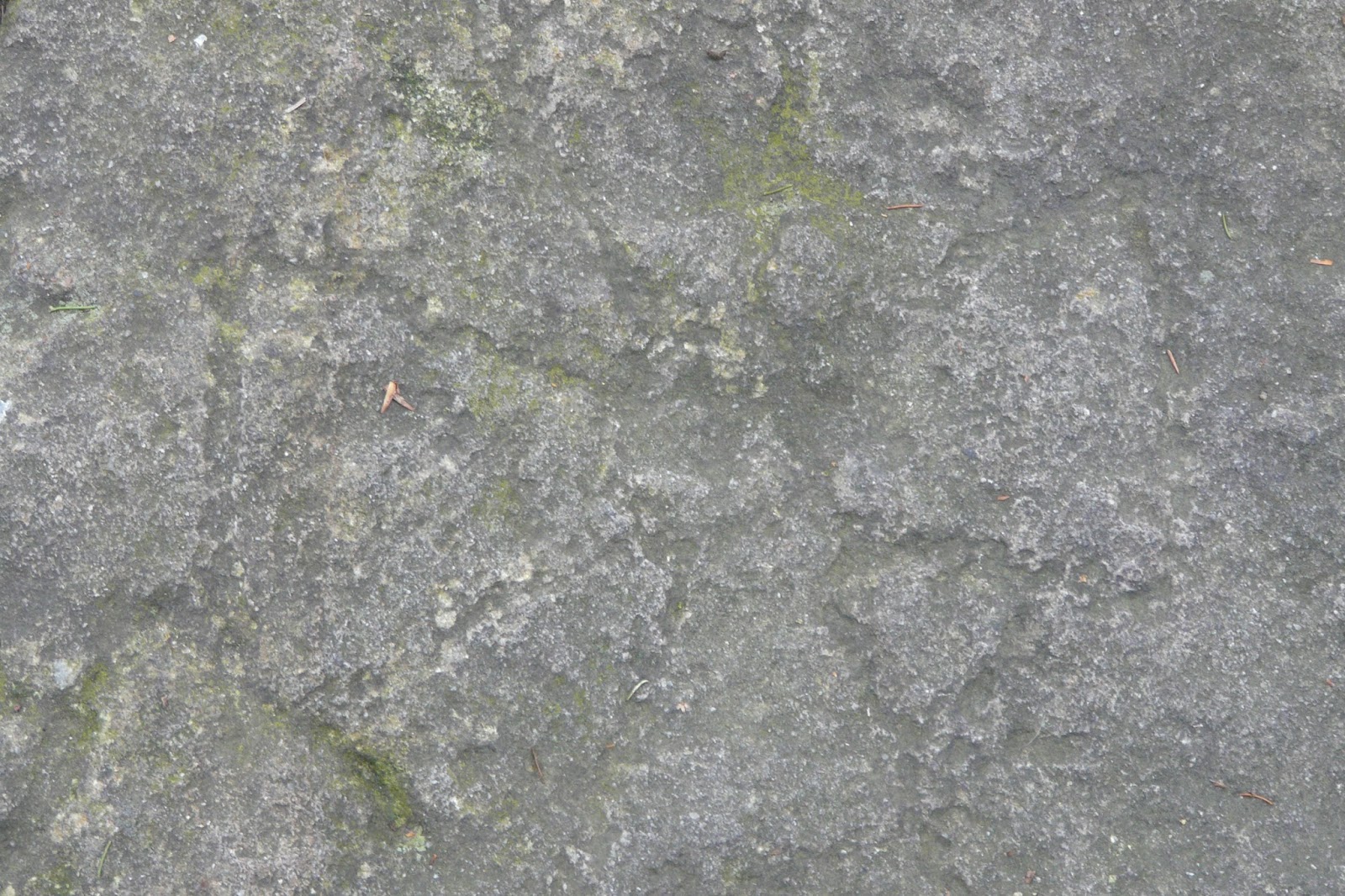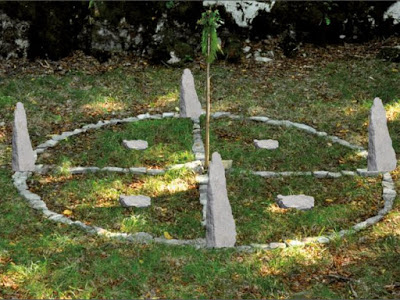Kalendarzowe i obrzędowe znaczenie znaków ze Skały Czarownic

Ostatni wpis poświęcony Skale Czarownic posumowałem następującymi cytatami:
„The crossed circle appeared during the Neolithic period in the Carpathian Basin which cannot be found in the rest of Europe except in the Balkan and the South-East Europe.”
i rozdział 12.2. THE FOUR CORNERS OF THE SOLAR CLOCK.
The four seasons, marked by two solstices and the two equinoxes have been symbolized by most ancient cultures with the sign of the cross, e.g. the „four corners” of the world and the heavens. The „sign of the cross” generally signifies religious or cosmic significance. The Cro-Magnon also venerated the sign of the cross, the first evidence of which, an engraved cross, is at least 60,000 years old (Mellars, 1989). Yet another cross, was painted in bold red ochre upon the entryway to the Chauvet Cave, dated to over 30,000 years ago (Chauvet et al., 1996).
The illusion of movement of the Sun, from north to south, and then back again, in synchrony with the waxing and waning of the four seasons, is due to the changing tilt and inclination of the Earth’s axis, as it spins and orbits the sun. Thus over a span of 13 moons, it appears to an observer that the days become shorter and then longer and then shorter again as the sun moves from north to south, crosses the equator, and then stops, and heads back north again, only to stop, and then to again head south, crossing the equator only to again stop and head north again. The two crossings each year, over the equator (in March and September) are referred to as equinoxes and refers to the days and nights being of equal length. The two time periods in which the sun appears to stop its movement, before reversing course (June and December), are referred to as solstices—the “sun standing still.” (…) Among the ancient, the sign of the cross, represented the journey of the sun across the four corners of the heavens. The Cro-Magon adorned the entrance and the walls of their underground cathedrals with the sign of the cross, which indicates this symbol was of profound cosmic significance. However, that some of the Cro-Magnon depictions of animal-headed men have also been found facing the cross, may also pertain to the heavens: the patterns formed by stars, which today are refereed to as „constellations.”
Nie przypuszczałem, że uda się jeszcze ten temat rozwinąć, tymczasem okazało się , że znaki ze Skał Czarownic mogą dostarczyć jeszcze całkiem zaskakujące możliwości interpretacyjne.
Tytułem nawiązania jeszcze raz zacytuję mały fragment z powyższego artykułu
„The four seasons, marked by two solstices and the two equinoxes have been symbolized by most ancient cultures with the sign of the cross, e.g. the „four corners” of the world and the heavens. The „sign of the cross” generally signifies religious or cosmic significance.”
Powyższe stwierdzenie można odnieść do znaku ze Skały Czarownic

W kolejnym artykule Celestial Symbolism of the Vučedol Culture Emilia Pasztor pisze :
„The celestial pole and its circumpolar stars, the concept of the four main cardinal directions, played a basic, essential role in this system (Didier 2009). One of the most expressive representations of this ancient cosmography based on four divisions is offered by a unique type of artistic bowls made in the Vučedol culture (…)Its inner surface might picture the four “corners” of the world, the four mountains which often also hold up the firmament. The above depiction shows surprisingly similar elements to the basic patterns of cosmic mirrors in Han dynastic (206 BC–220 AD) graves of ancient China (Cammann 1948). This cosmological basic pattern also appears in large numbers mostly on burial pottery in the middle period of the Bronze Age Carpathian Basin (sixteenth to twelfth centuries BC). (…) The analogies, including the symbols, justify arguments not only on the usual Aegean and Anatolian/Near Eastern influence as over the last six millennia, from the Copper Age to the Modern Era; the steppe belt cultures undoubtedly played one of the most striking roles in the history of Eurasia (Anthony 2007; Chernykh 2008 and many others). The fragments of beliefs embodied in symbols dispersed through the whole of prehistory might signal the presence in the Carpathian Basin of a jointly held belief system with Asia in which the starry sky played an important role.”.
We wpisie Solarna zagadka z października 2016 r. zamieściłem poniższe zdanie:
„Dowodem na to może być praca „Preplet 3 in 4, preloška Beli Križin Triglavca ter Zbruški idol”, której autorem jest Andrej Pleterski. W pracy tej wiele miejsca poświęcono uchwyconemu jeszcze przez świadków obrzędowi wiosennemu, koncentrującemu się wokół „Białego Krzyża”.

